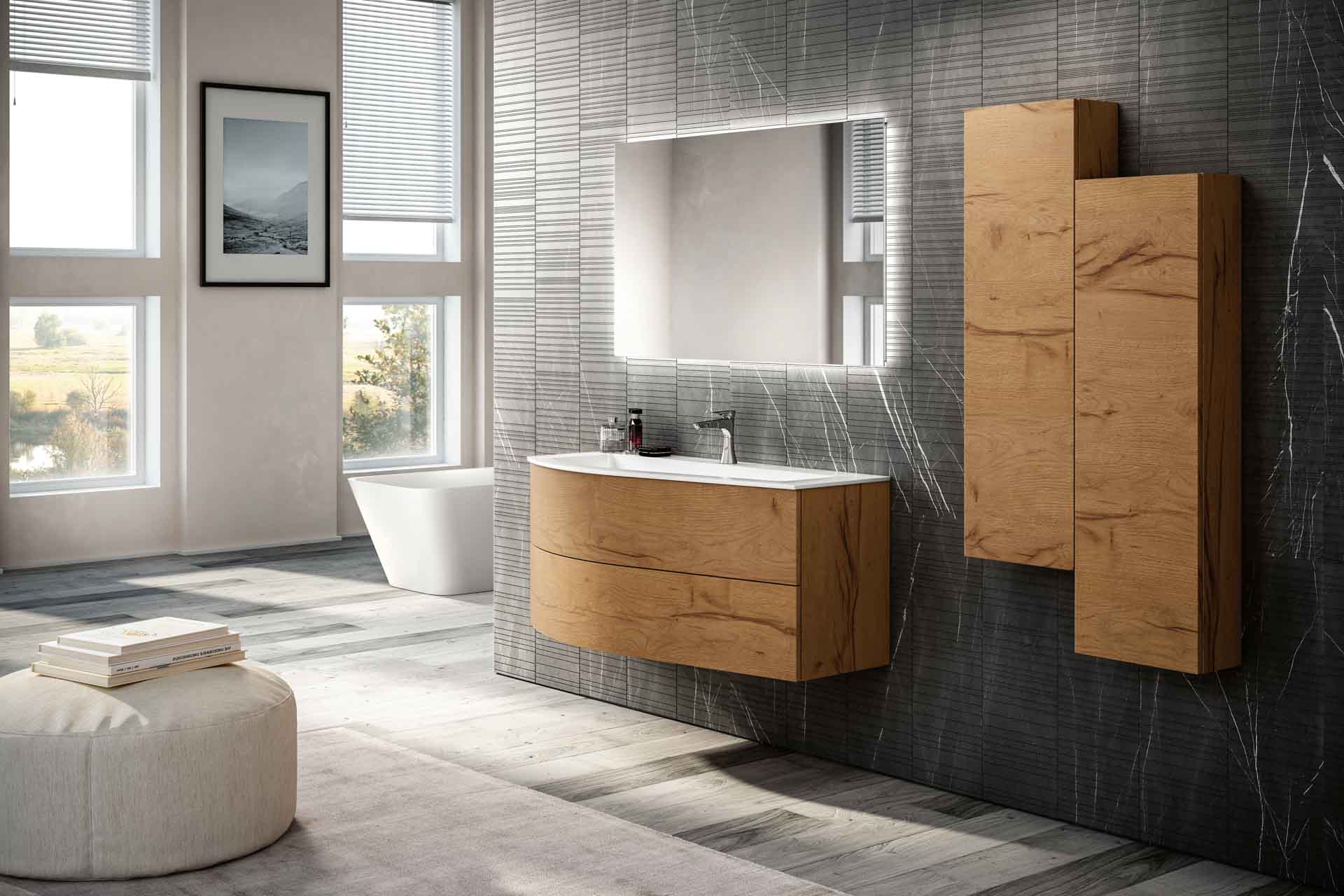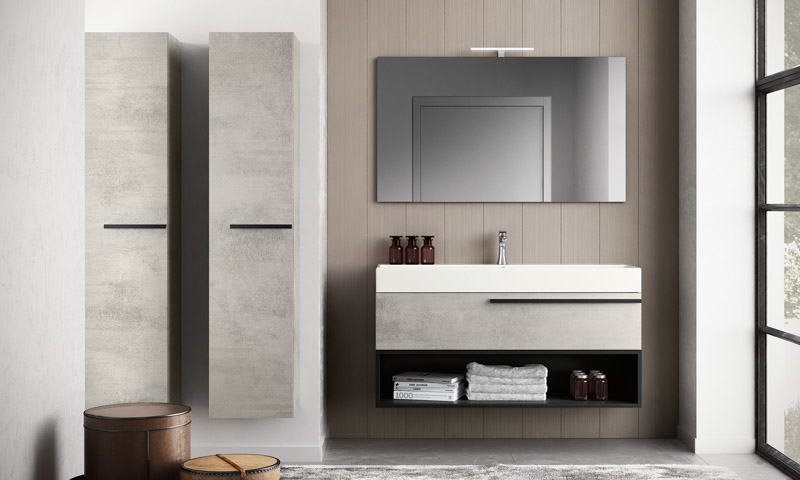There are some dealers who would explain to you all areas of the picture of it, but market the components separately. With their ornate and heavy designs, they might look way too cumbersome to opt for modern bathroom fixtures. While cabinet is almost always not as deep as the traditional vanities of yours, it also extends storage space below the sink.
Images about Modern Floating Bathroom Vanity

When you've made up your mind about buying vanity furnishings, you need to be well alert to the vanity type you are interested in that would additionally satisfy your bathroom decor. The cabinets that you decide on are equally important and add to the look of your bathroom.
Floating Bathroom Vanity u2013 Latitudine European Cabinets
Aside from resilience, cup bathroom vanities have another great edge over other contemporary vanities in that they are totally waterproof and extremely easy to keep clean. If you're excellent in woodwork, you can in addition turn an unused piece of furniture into a vanity and also use it as such.
Modern Floating Bathroom Vanity in Elmhurst, Illinois Wheatland
Way too brief looks wrong and too long can be a real issue. They look outstanding and you can get various wood designs. You'll find various sorts of bathroom vanities available in sizes that are different, shapes and materials. They're helpful for storage goal as they've enough room for it however, they still look vague.
Modern 24″ Floating Bathroom Vanity Wall Mount Single Sink Vanity
Wayfair Floating u0026 Wall Mounted Bathroom Vanities
48″ Modern Floating Bathroom Vanity Set with Single Vessel Sink
35″ Modern Floating Bathroom Vanity Set With Single Sink White and
Floating Vanities RH Modern
Evanna 24-40″ Single Sink Floating Vanity
Modern 36″/40″ Floating Wall Mount Single Bathroom Vanity Set with Faux Mable Top u0026 Vessel Sink White u0026 Natural/White u0026 Black
43 inch Modern Floating Bathroom Vanity Black Glossy Finish
Floating Bathroom Vanity Modern Bathroom Vanity Rustic – Etsy
Custom Modern Floating Bathroom Vanity u2014 Kitchen Cabinets
Floating Bathroom Vanities u2013 Matrix European Cabinets u0026 Design
Related Posts:
- Unique Bathroom Vanity Lights
- Teal Bathroom Vanity
- 21 Inch Wide Bathroom Vanity
- Refurbished Bathroom Vanity
- 32 Inch Bathroom Vanity With Sink
- Curved Front Bathroom Vanity
- Cambria Quartz Bathroom Vanity Tops
- Narrow Bathroom Vanity And Sink
- 48 Inch Rustic Bathroom Vanity
- Bathroom Vanity Decor Ideas


/fit-in/600x600/mall/file/2021/10/29/ff5cde19c4454aeeba3f343b2f9ef042.jpg)

/mall/file/2022/04/21/3f76591516d4bcada570ea056b999574.jpg)
/mall/file/2022/05/13/8b80845cad78a2166e133df8b663966e.jpg)






